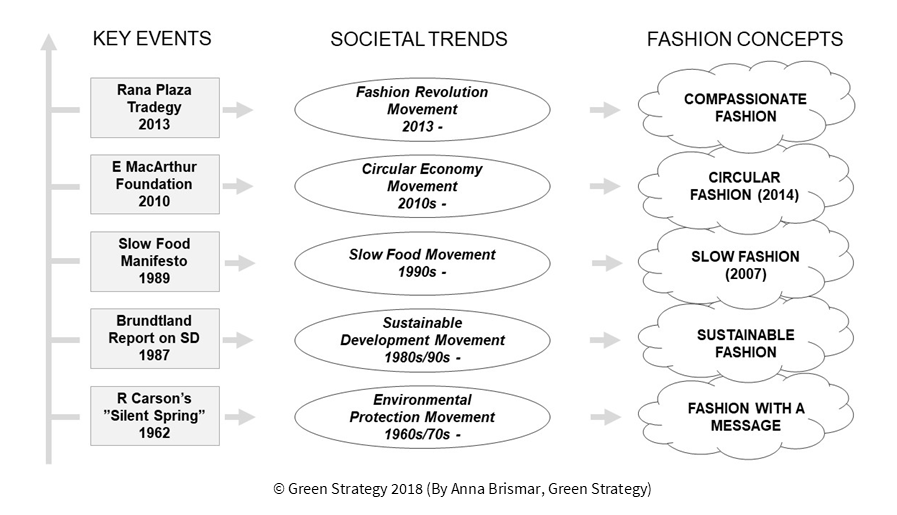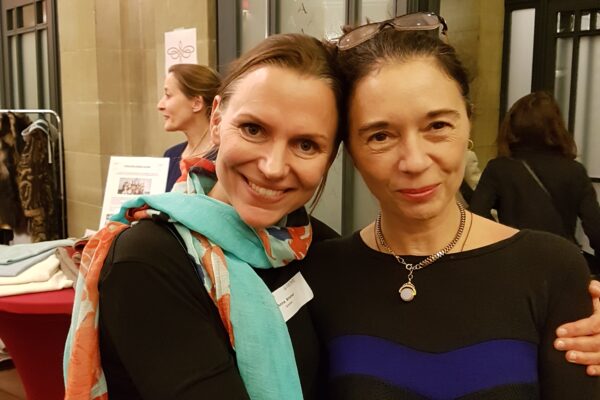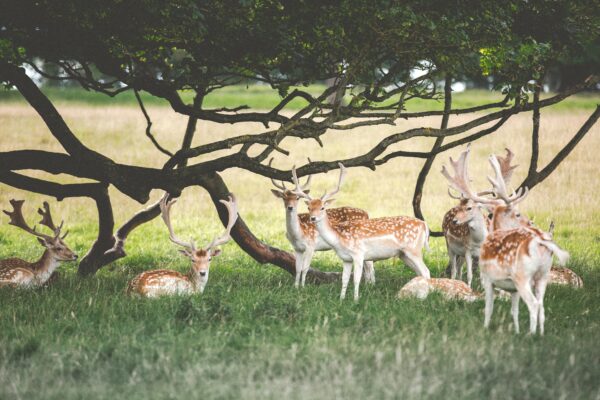
The fashion industry – a reflection of global events and movements
In many ways, the global fashion industry is a reflection of key events and movements in our global society at large. This is especially clear when we look at central concepts and trends that have arisen within in the global fashion industry over time.
- To begin, one of the first wake-up calls triggering environmental movements at larger scale was the book Silent Spring by Rachel Carson in 1962. This book and other events spurred the so-called ’environmental protection movement’ in the 60s and 70s. The fashion industry may not have responded straight away; yet it inspired ”fashion with a message”, often of political nature, for example to protest against wars and human injustices.
- The next important event in our global society was the release of the Brundtland Report, which introduced the term ”sustainable development”. This spurred a worldwide movement calling for sustainable development in the late 80s and 90s, which in turn, inspired the concept ”sustainable fashion” within the fashion industry.
- A third historical event to shape the fashion discourse was the signing of the international Slow Food Manifesto in 1989. This initiated the Slow Food Movement and later inspired Kate Fletcher to coin the term ”slow fashion” in 2007.
- A fourth event to shape our modern history in significant ways, was the launch of the Ellen MacArthur Foundation in 2010. This caused a surge of interests in circular economy around the world. This in turn inspired the concept ”circular fashion” coined in spring 2014 by myself, Anna Brismar, in English (and unknowingly also by staff-member at H&M headquarters in its Swedish form, almost at the same time).
- In 2013 the collapse of the Rana Plaza building in Bangladesh intensified the debate around transparency, accountability and ethics within the industry. Also, it resulted in the Fashion Revolution Movement founded by Orsola de Castro and Carry Somers. This, and other events, inspired the concept ”compassionate fashion”, which was reintroduced by myself (Anna Brismar) in 2017, now with a broader definition to emphasize the need to lead businesses not only using our minds but also based on consistent heartfelt values.
Still more concepts have been introduced over time, such as conscious fashion, ethical fashion and eco-fashion.

Figure 1. Key societal events and subsequent global movements have in fact shaped the global fashion industry and given rise to central sustainability concepts within the industry, such as the notions ”sustainable fashion”, ”slow fashion” and ”circular fashion”. (Image made by Anna Brismar, Green Strategy, in October 2018)
A common global fashion agenda – embracing mind, heart and body
When we look more closely at the three concepts ”conscious fashion”, ”compassionate fashion” and ”circular fashion”, we see that they have interesting resemblance with the three dimensions ”mind, heart and body”, which are used by many philosophies around the world to describe key attributes of human life.
While ”conscious fashion” primarily emphasizes what we SHOULD do based on reason, logics, knowledge, skills and available technologies, ”compassionate fashion” emphasizes what we want to do based on our heart-felt values, ethics and compassion for other beings, both humans and other organisms.
Lastly, ”circular fashion” looks at the natural ecosystem as a complex circular system on which we depend and always interact with, and how we CAN create healthy circular systems within society based on new design practices, business models and different types of collaboration.
When we take these three dimensions – which are both complementary and partly overlapping – we have a comprehensive integrated framework that can be used to build one common vision for the global fashion industry.

Figure 2. I here propose an integrated framework and ONE unifying vision for the global fashion industry. This agenda unites the three concepts conscious, compassionate and circular fashion, by embracing the dimensions of our mind, heart and body. (Image developed by Anna Brismar, Green Strategy, in 2018.)



